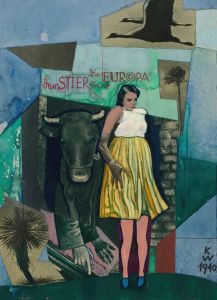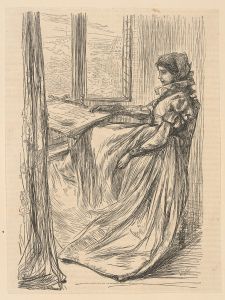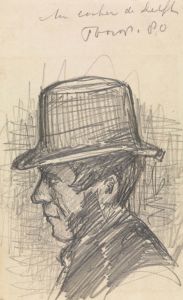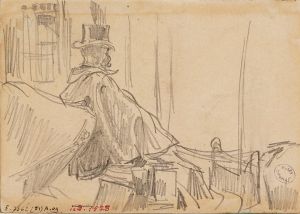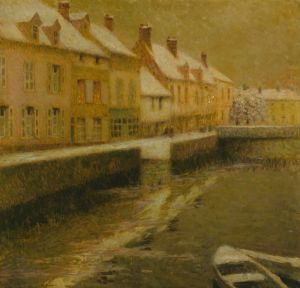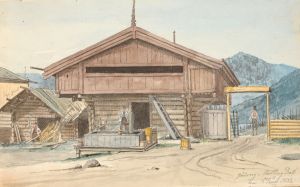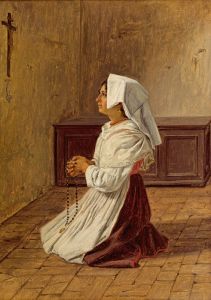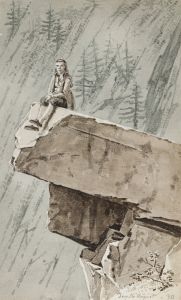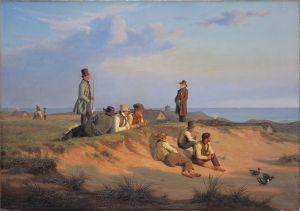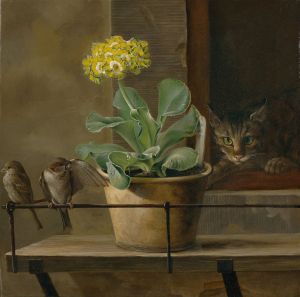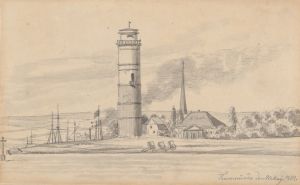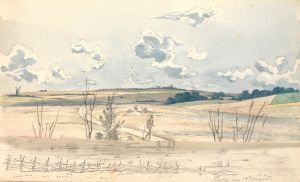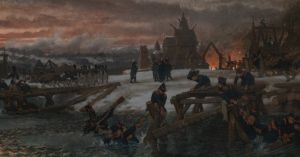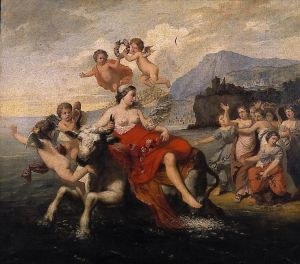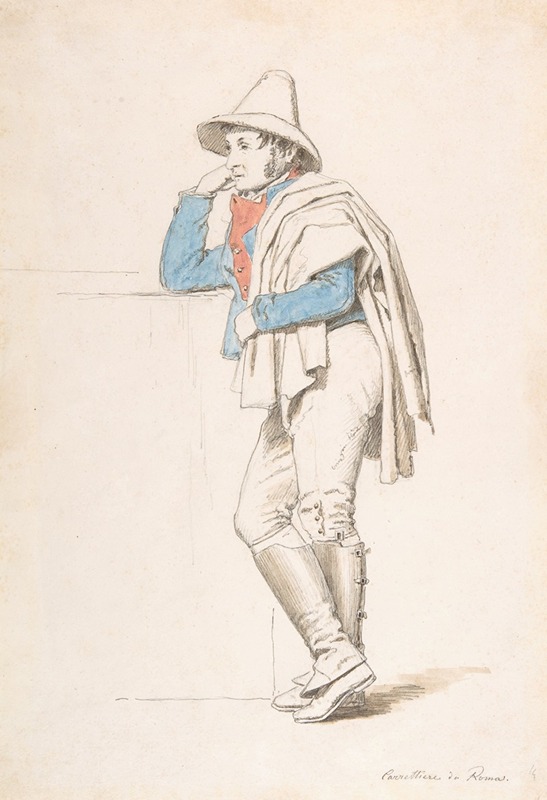
Study of a Roman Coachman
A hand-painted replica of Martinus Rørbye’s masterpiece Study of a Roman Coachman, meticulously crafted by professional artists to capture the true essence of the original. Each piece is created with museum-quality canvas and rare mineral pigments, carefully painted by experienced artists with delicate brushstrokes and rich, layered colors to perfectly recreate the texture of the original artwork. Unlike machine-printed reproductions, this hand-painted version brings the painting to life, infused with the artist’s emotions and skill in every stroke. Whether for personal collection or home decoration, it instantly elevates the artistic atmosphere of any space.
Martinus Rørbye was a prominent Danish painter of the 19th century, known for his contributions to the Danish Golden Age of painting. Born in 1803, Rørbye was a student at the Royal Danish Academy of Fine Arts, where he was influenced by the neoclassical style and the burgeoning Romantic movement. His works often depicted scenes from his travels, capturing landscapes, architecture, and everyday life with a keen eye for detail and a deep appreciation for cultural diversity.
"Study of a Roman Coachman" is one of Rørbye's notable works, reflecting his interest in capturing the essence of different cultures and people. This painting is a study, which means it was likely created as a preparatory work or an exploration of a subject that interested the artist. Studies were commonly used by artists to practice their techniques or to experiment with composition and lighting before committing to a larger, more detailed piece.
The painting depicts a Roman coachman, a subject that Rørbye might have encountered during his travels in Italy. Italy was a popular destination for artists of the time, offering a wealth of historical and cultural inspiration. The coachman, as a subject, represents a slice of everyday life in Rome, providing insight into the attire and demeanor of working-class individuals in the 19th century.
Rørbye's attention to detail is evident in the way he captures the textures of the coachman's clothing and the subtle expressions on his face. The use of light and shadow in the painting highlights Rørbye's skill in rendering three-dimensional forms on a two-dimensional surface. This ability to convey realism and depth is a hallmark of Rørbye's style and contributes to the lifelike quality of his portraits.
The cultural context of the painting is significant, as it reflects the Romantic era's fascination with the exotic and the everyday. Artists of this period often sought to depict scenes that were both familiar and foreign, capturing the beauty and diversity of the world around them. Rørbye's work fits within this tradition, offering viewers a glimpse into the life of a Roman coachman through the eyes of a Danish artist.
"Study of a Roman Coachman" also exemplifies Rørbye's broader artistic interests, which included a focus on architecture, landscapes, and genre scenes. His travels throughout Europe and the Middle East provided him with a rich tapestry of subjects to explore, and his works often convey a sense of curiosity and wonder about the world.
In summary, "Study of a Roman Coachman" by Martinus Rørbye is a testament to the artist's skill in capturing the nuances of human expression and the details of everyday life. It reflects the broader themes of the Romantic era, highlighting the beauty and diversity of different cultures. Rørbye's work remains an important part of Danish art history, offering insights into the artistic movements and cultural exchanges of the 19th century.





